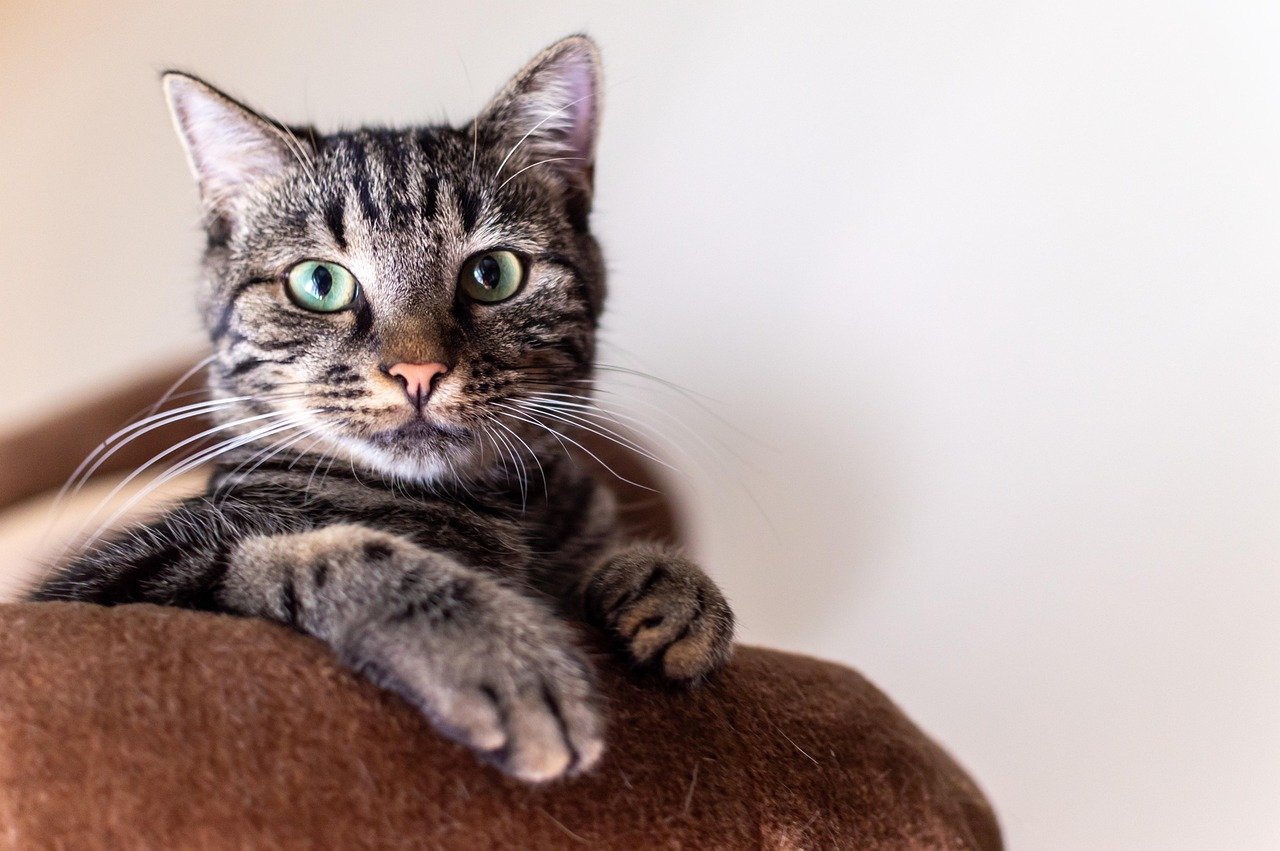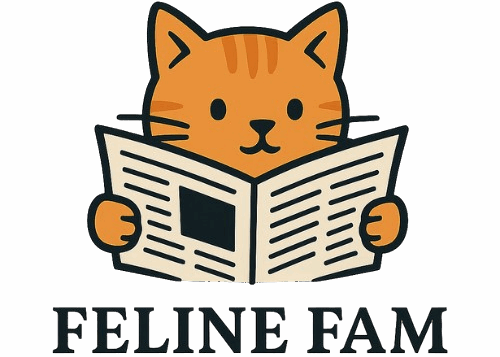Cats are fascinating creatures, known for their mysterious behaviors and quirky personalities. Among their many habits, face rubbing stands out as one of the most endearing and intriguing. If you’ve ever found yourself with a furry face nudging your leg or hand, you might have wondered what it truly means. This behavior isn’t just a random act; it holds deep meanings related to attachment and feline communication. For cat enthusiasts, understanding these gestures can deepen the bond with their feline friends and offer a glimpse into the world of cat psychology.
Understanding the Basics of Cat Communication
Cats aren’t as vocal as dogs, but they have their own unique ways of communicating. One of the primary methods is through body language. Face rubbing, for instance, is a subtle yet powerful form of communication. It’s akin to a gentle handshake in the human world. This behavior is often an expression of affection, marking you as a part of their ‘clan’. When a cat rubs its face on you, it’s not just a simple gesture; it’s their way of saying, “You are mine, and I trust you.”
The Role of Pheromones in Face Rubbing
Pheromones play a crucial role in the world of cats. These are chemical signals that convey a multitude of messages. Cats have scent glands located around their face, especially near the cheeks, chin, and forehead. When they rub their faces on you, they are depositing these pheromones onto your skin. This act is a way of marking their territory, signaling to other animals that you are part of their territory. It’s like a cat’s version of a signature, a scent-based way of saying, “This human belongs with me.”
Face Rubbing as a Sign of Affection
Many cat owners wonder if their pets truly love them. While cats might not show love in the same way dogs do, face rubbing is a clear sign of affection. This behavior is often reserved for those they trust and feel comfortable around. When a cat rubs its face against you, it’s a gesture filled with warmth and attachment. It’s similar to a human hug, an intimate act that signifies closeness and bond. So, when your cat engages in this behavior, take it as a heartfelt compliment!
Building Trust Through Face Rubbing

Trust is a cornerstone of any relationship, and it’s no different with cats. Face rubbing is a testament to the trust your feline friend has in you. Cats are naturally cautious creatures, and they don’t easily let their guard down. When your cat rubs its face on you, it’s a sign that they feel safe and secure in your presence. This act can be seen as a bridge, connecting the gap between human and feline worlds, and building a foundation of trust and companionship.
Comparing Face Rubbing with Other Cat Behaviors
While face rubbing is a common behavior, it’s important to differentiate it from other feline habits. Cats also engage in headbutting, kneading, and purring, each with its own meaning. Headbutting, for example, is another affectionate gesture, often accompanied by purring. Kneading, on the other hand, is a leftover behavior from kittenhood, associated with comfort and security. By understanding these various behaviors, cat owners can better interpret their pet’s needs and emotions, ensuring a harmonious coexistence.
How Face Rubbing Reflects a Cat’s Social Nature
Contrary to popular belief, cats are social animals. While they may enjoy solitude, they also seek companionship and interaction. Face rubbing is a reflection of their social nature, a way of forming bonds and establishing social hierarchies. In multi-cat households, you might notice cats rubbing against each other, a sign of camaraderie and acceptance. By extending this behavior to humans, cats are including you in their social circle, a testament to their attachment and affection.
The Impact of Environment on Face Rubbing
A cat’s environment plays a significant role in its behavior. Stressful or unfamiliar surroundings can affect their willingness to engage in face rubbing. Cats thrive in stable environments where they feel safe and secure. If a cat is comfortable in its surroundings, it’s more likely to exhibit affectionate behaviors like face rubbing. Creating a calm and consistent environment can encourage your cat to express its attachment, strengthening the bond between you and your feline friend.
Encouraging Positive Face Rubbing Behavior
While face rubbing is generally a positive behavior, there are ways to encourage it further. Providing a nurturing environment, giving attention, and respecting your cat’s boundaries can all enhance this behavior. Offering gentle pets and talking softly can make your cat feel more at ease. Remember, every cat is unique, and understanding your cat’s individual preferences can lead to a more fulfilling relationship. Encouraging face rubbing can strengthen the bond, creating a harmonious and loving connection between you and your cat.

Suhail Ahmed is a passionate digital professional and nature enthusiast with over 8 years of experience in content strategy, SEO, web development, and digital operations. Alongside his freelance journey, Suhail actively contributes to nature and wildlife platforms like Feline Fam, where he channels his curiosity for the Feline into engaging, educational storytelling.
With a strong background in managing digital ecosystems — from ecommerce stores and WordPress websites to social media and automation — Suhail merges technical precision with creative insight. His content reflects a rare balance: SEO-friendly yet deeply human, data-informed yet emotionally resonant.
Driven by a love for discovery and storytelling, Suhail believes in using digital platforms to amplify causes that matter — especially those protecting Earth’s biodiversity and inspiring sustainable living. Whether he’s managing online projects or crafting wildlife content, his goal remains the same: to inform, inspire, and leave a positive digital footprint.





